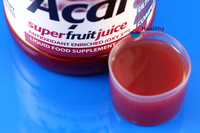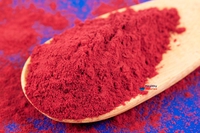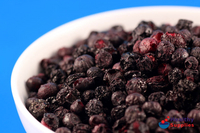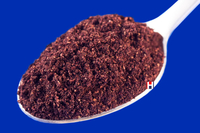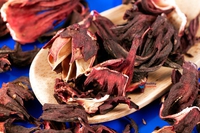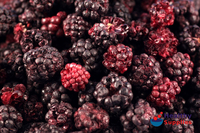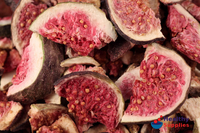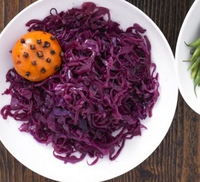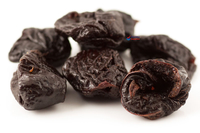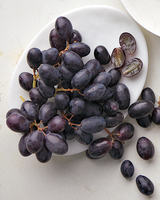TEN PURPLE FOODS THAT ARE REALLY GOOD FOR YOU
If a food is naturally purple colour, it can often be an indicator of high levels of anthocyanins, which are a part of the family of antioxidants. These foods have been found to have a variety of benefits. Check out the list below to find out how to go purple today!
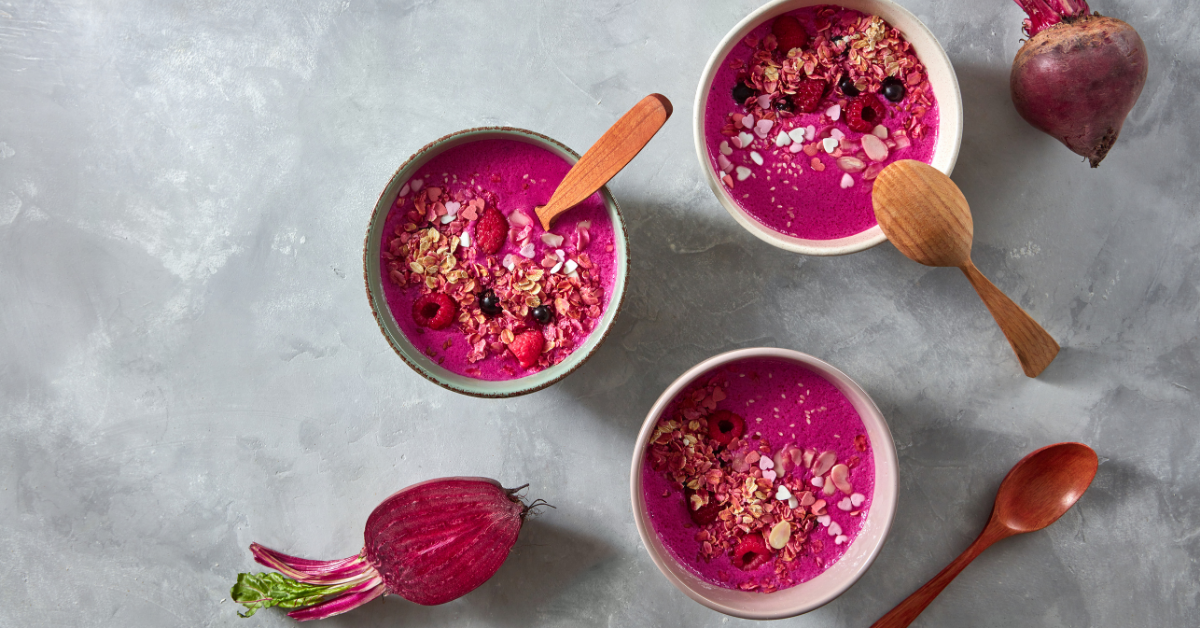
Acai is well-known as a superfood, and is typically found in powdered or juice form. It is high in antioxidants as well as fibre, minerals and omega oils. Add to smoothies or sprinkle over breakfast cereals – it has a taste similar to flaxseeds.
A recent trial has shown that beetroot juice can help to reduce blood pressure. Beetroot is also high in minerals including iron and calcium, and vitamins including vitamins A,C and folic acid. Beetroot is also available in powdered form which can be added to cakes or used to add colour to pasta.
Blueberries are great for snacking or adding to puddings. They are rich in antioxidants: one of the highest levels of any fruit. We recommend the freeze-dried blueberries which keep for a long time, are versatile and are free from added sugar. Add to smoothies, puddings or simply eat as a snack.
Maqui berry typically comes in powdered form. They are high in vitamins, minerals, antioxidants and protein, and can be added to smoothies or sprinkled over desserts or breakfast cereals.
Hibiscus flower petals are typically infused to make a tea, which can then be drunk on its own or added to jellies or desserts. Hibiscus is a natural diuretic, and is believed to have a number of benefits including antimicrobial and anti-inflammatory properties.
The humble blackberry, in common with other purple fruits, has fantastic nutrients under the skin. They are high in antioxidants, tannins and vitamins.
Figs are well-known for their fibre content, but they have many other benefits too. They contain omega-3 and omega-6 which have been shown to be beneficial for the circulatory system.They also contain pectin, a form of soluble fibre which can help to lower cholesterol.
Red Cabbage (via bbcgoodfood.com)
If you like cabbage as much as we do, it’s worth switching to red cabbage. It contains 10 times as much vitamin A as green cabbage, as well as being full of anthocyanins which can help body repair.
As well as being high in fibre, prunes are full of phenols and soluble fibre, both of which are beneficial to the circulatory system. They are also high in vitamin K and beta carotene.
Grapes (via marthastewart.com)
In common with other purple fruits, red grapes have a higher level of antioxidants than their green counterparts. They help to relax blood vessels and can also be good for eye health. They can be eaten in the form of raisins if fresh ones are not available.

